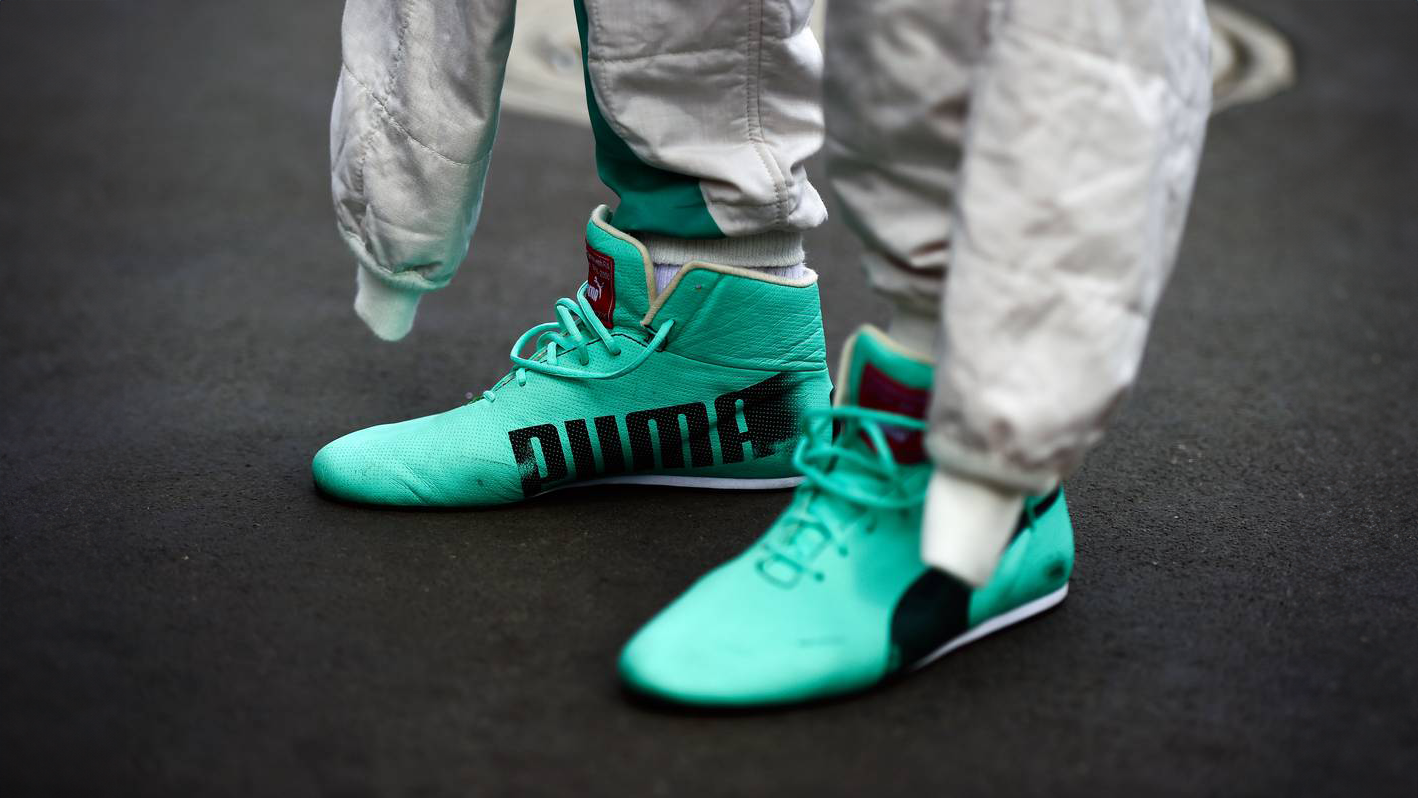Less Is Faster - Innovating for Speed
The final race of the 2021 Formula 1 season proved to be an epic battle between seven time title winner Lewis Hamilton and potential, first time title winner Max Verstappen. Both had shared the race wunderkind spotlight in their careers but the race in Abu Dhabi will put the best two racers with similar pedigree against each other. Both were scrappy outsiders who challenged the establishment, possessed unheard of talent and passion for their sport and at seasons end had the same points standing with a qualifying time differential of .37 seconds. In terms of who could win at that moment in time, there was little difference between the two.
In Grand Prix terms, .4 seconds is the difference between a win and a loss. That was the motivation my team and I had when new set out to innovate new, race winning technology for the most formidable stable of F1 racers including Lewis Hamilton, Max Verstappen, Fernando Alonso and Nico Rosberg.

When Formula 1 was experiencing a new wave of performance standards and requirements. Spawned by new sustainability goals, the governing body of motorsport FIA (Fédération Internationale de l’Automobile) changed engines regulations calling for manufacturers to adopt a new hybrid energy recovery system for their motors. It required a bigger battery which added to the weight of the car. Teams were newly energised to create weight savings. With every effort having been made to reduce the weight of the vehicle, the next target was the driver. But since a driver can only lose so much weight before their physical condition is compromised, attention quickly turned to the pilot’s equipment. That’s where my team came in.

Puma Innovation was a go-to source for motorsport innovation. We were the ones best equipped to convert performance requirements from teams and drivers into new and validated technologies. Through the Sports Marketing team responsible for servicing our sponsors, we received information direct from the source. Our team of designers, engineers and material specialists rallied to create the best, most advanced products designed to win championships. Our first effort was the driver’s shoe.
One, two, three!
With new weight standards our challenge was to develop a lightweight shoe that passed not only the team weight standards but also driver and FIA standards. That meant creating a product that was light in weight, stable and fireproof.


What does fast look like?
Our approach was quite simple. We analysed the shoes that drives were using reducing it to as few pieces as possible without compromising functionality. We scrutinised material selection and eliminated the unnecessary. The result was a near sock-like shoe that was safe, comfortable, stable and super lightweight. Less is More. Less is Faster.

Our sponsorship relationships allowed us to get shoes from our prototyping facilities immediately to drivers for in-car testing. Essential was not only performance approval from drivers but also homologation approval from the FIA. In the laboratory the shoes had to endure a burning behaviour test. In the end it was Mark Verstappen who was victorious at Abu Dhabi. His first place finish won him his first Formula 1 Grand Prix Championship.















